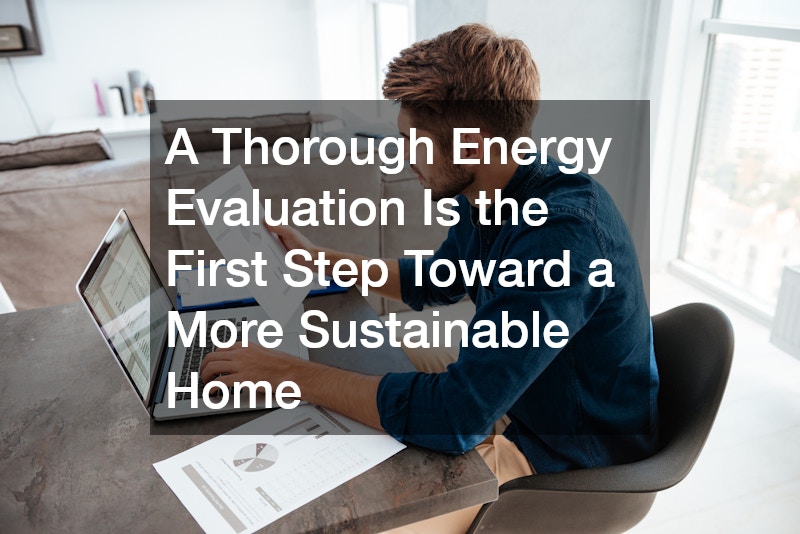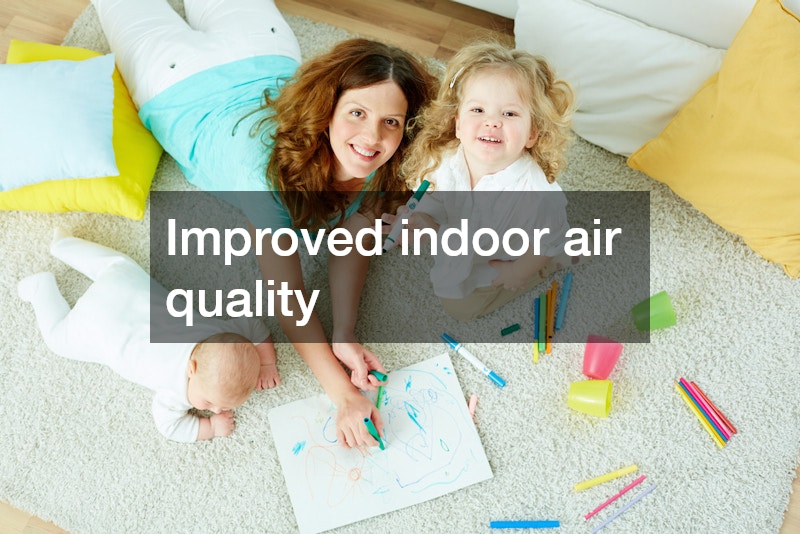
Improving your home’s energy efficiency starts with a professional home energy efficiency evaluation. This comprehensive assessment helps identify areas where energy is being wasted and provides recommendations to improve insulation, HVAC performance, and overall energy consumption.
A certified energy analyst plays a key role in conducting these evaluations. These experts use specialized knowledge and industry standards to analyze a home’s energy performance, offering solutions that can lead to significant savings. Whether it’s upgrading insulation, sealing air leaks, or recommending high-efficiency appliances, their insights are invaluable for making informed energy decisions.
During an assessment, professionals use advanced energy audit tools to measure energy loss and efficiency. Thermal imaging cameras, blower door tests, and smart meters help pinpoint problem areas, ensuring no detail is overlooked. These tools provide accurate data that guides homeowners in making cost-effective energy improvements.
An HVAC energy audit is particularly important, as heating and cooling systems account for a large portion of energy usage. Inspectors evaluate ductwork, ventilation, and system efficiency to determine if upgrades or repairs are needed. Experienced energy inspectors provide detailed reports with actionable recommendations, helping homeowners make smarter energy choices. Whether you’re looking to cut costs, increase efficiency, or reduce your carbon footprint, a thorough energy evaluation is the first step toward a more sustainable home.

One of the things we must consider when purchasing new HVAC systems, windows, and/or roofing is energy efficiency. When we consider the price of the new materials, systems, and services, it is important to consider the money we will save long-term by choosing the energy-efficient route. When we invest in the most recommended HVAC systems on the market, we want to ensure those systems provide the best HVAC efficiency ratings.

Not only will we experience lower energy bills with these systems, but we have improved indoor air quality from HVAC systems that offer ductless mini splits and can last up to 20 years before replacing them throughout your home. These are the best options on the market for heating options for house without ductwork. Installing ductwork in an older home that never had it can be pricy, but this is the best and most energy-saving way to have AC and heat without cutting holes into your attic, ceiling, and walls to have air ducts installed.

What are the best HVAC systems on the market? They are ones that ultimately offer environmental sustainability on top of energy savings and better air quality by reducing your home’s carbon footprint. They last longer than traditional HVAC systems, and the government is even offering tax rebates and incentives that encourage more homeowners to purchase more energy-efficient HVAC systems. Just when you thought these benefits were great, consider that adding an energy-efficient HVAC system will also increase your home’s value.

An AC heating and cooling unit accounts for about half the energy used in a home. Therefore, if there are ways you can cut down costs and still enjoy the comfort of a functioning AC, use them. The first thing you need to do is get a system that is energy efficient if you are yet to. Performing a quick search on your phone for an AC heating and cooling near me can show you where you can get some vendors for a new unit. Another way to ensure your unit is not consuming too much energy is keeping up with AC repair jobs. An AC that is damaged will use more energy, which will lead to high energy bills.
You can get AC repair service from the same people who installed your system. However, if they are not available, get recommendations from your friends and neighbors on any HVAC technicians they know. When your AC ventilation system is clogged, it will work twice as much to provide the same level of comfort as before. To avoid this, it needs to be cleaned often. Make it a habit to clean and replace your air filters once in a while. Also, another way to reduce energy consumption is checking the thermostat settings. For example, when you are not at home, put it in energy-saving mode.

Not so long ago, few people even had heating and air conditioning systems. In fact, air conditioning sales didn’t even really take off until the 1950s. But when they did take off, there was no stopping them. By 1953, over one million HVAC units had been sold in the United States. In 1998, about 35 years later, 6.2 million HVAC units and heat pumps were shipped to homes and businesses. It should come as no surprise that systems like these became popular so rapidly. The fact is that in the United States, there is no set climate. Compared to other countries, America is huge. Therefore, you can’t say that it’s an overly warm or overly cool country. Some areas make more use of heating than cooling, and vice versa. Then there are areas that experience extreme temperatures no matter what the season — bitter winters and blazing hot summers. At times, it can be impossible to be comfortable without using your HVAC system. Yet that can take up a lot of money; heating and cooling is the largest expense on average for American homes, taking up 48% of their energy use. Using up excess energy is also not so great on an environmental level. There are ways to cut costs and save energy, but in order to do so you’ll need to understand a few things about your heating and cooling system first.

How Energy Usage Affects Your Expenses
When paying your energy bill, you’re probably not happy — but there’s also a chance that you don’t know what you’re paying for, why your bill is so high, and how you can cut it down. On average, American households spend about 2.7% of their incomes on energy bills. That comes out to around $2,000 per household. This is a ridiculous amount of money to spend on energy, and not everyone can afford it. If you use a space heater you should probably know that space heating likely takes up about 45% of your energy bill. If you find yourself using your HVAC system at a higher rate than most, this is also an obvious issue. The “golden” Air Standard is 68 degrees Fahrenheit, with a 36% relative humidity at 14.7 pounds per square inch. Even in the middle of a hot summer, you shouldn’t have to cool your home any more than that. There are other measures you can take to cut down on costs as well.

Getting Energy Efficient And Cutting Costs
The key to cutting your energy bill is becoming energy efficient. This may sound intimidating at first, but once you do your research, you’ll find that a few simple steps can save a lot of money. The best single step you can take to cut energy cost is installing insulation. This may seem almost too easy, but an uninsulated home actually loses a lot of energy. Unless your attic is properly insulated, you can lose up to 20% of every dollar spent on heating. Without insulation, that heat goes through the roof — literally. Insulation can also seal off air leaks around doors and windows; this can increase the energy efficiency of your home by 30%. You can also install certain devices that can aid in your home’s energy efficiency — these are perhaps the most help when it’s cool outside and you’re heating your home. The most common device is probably the thermostat. A thermostat can be a key piece in lowering heating costs. By lowering your thermostat by a mere two degrees, you can save 5% in heating costs. While you’re sleeping, try lowering your thermostat or turning it completely off; that is, as long as your health permits it. Of course, when it comes to your heating and furnace, the best way to save money is to spend it on maintenance in the first place.
Energy bills can get frustrating, but they don’t have to be. Take a few steps, and you’ll be in a much better place in no time.